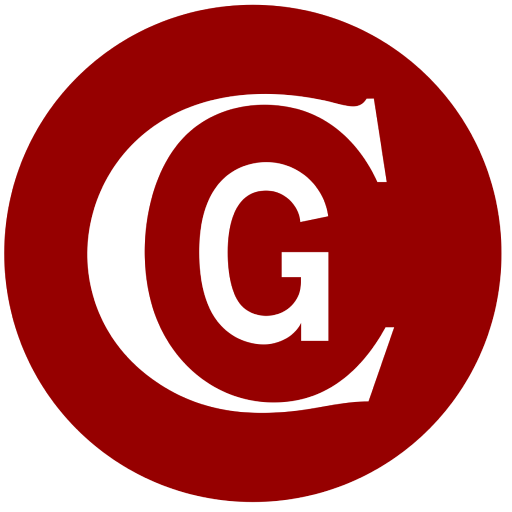2025 |
Pebble Beach Auctions1973 Ferrari 365 GTB/4 Daytona Competizione Series III
Coachwork by Scaglietti
SOLD $8,145,000
Estimate
$8,000,000 - $10,000,000
Chassis
16407
Car Highlights
One of 15 Official Competition Daytonas Built; Just Five Series III Examples
Extraordinary Race History Includes Two Outings at Le Mans (1973 and 1974) and a 2nd Overall/1st in Class Finish at Daytona (1979)
Well-Documented Provenance with Just Two Private Owners Since 1983
No-Expense-Spared Restoration by Renowned Marque Specialist MPI
Awarded the Enzo Ferrari Trophy at Pebble Beach in 2024
Offered with Extensive History File, Tool Roll, Books, and Literature
Technical Specs
4,390 CC Tipo 251 DOHC 60° V-12 Engine
Six Weber 40 DCN20 Carburetors
Estimated 450 BHP at 8,500 RPM
5-Speed Manual Transaxle
4-Wheel Hydraulic Ventilated Disc Brakes
4-Wheel Independent Wishbone Suspension with Coil-Over Shock Absorbers
Saleroom Addendum
Please note that this vehicle, chassis 16407, has recently been certified by the Ferrari Classiche department and is accompanied by a Ferrari Classiche Red Book. Please also note that, according to the Automobile Club de l’Ouest, chassis 16407 was the number 55 car driven by Jean-Pierre Paioli and Alain Couderc at the 1974 24 Hours of Le Mans, and it did not finish the race, not the number 56 car driven by Jean-Claude Guitteny and Jean-Pierre Ethuin as stated in the published catalogue.



